A choreography of absence : Anna-Lena Krause and Jessica Luostarinen on exploring touch without touching
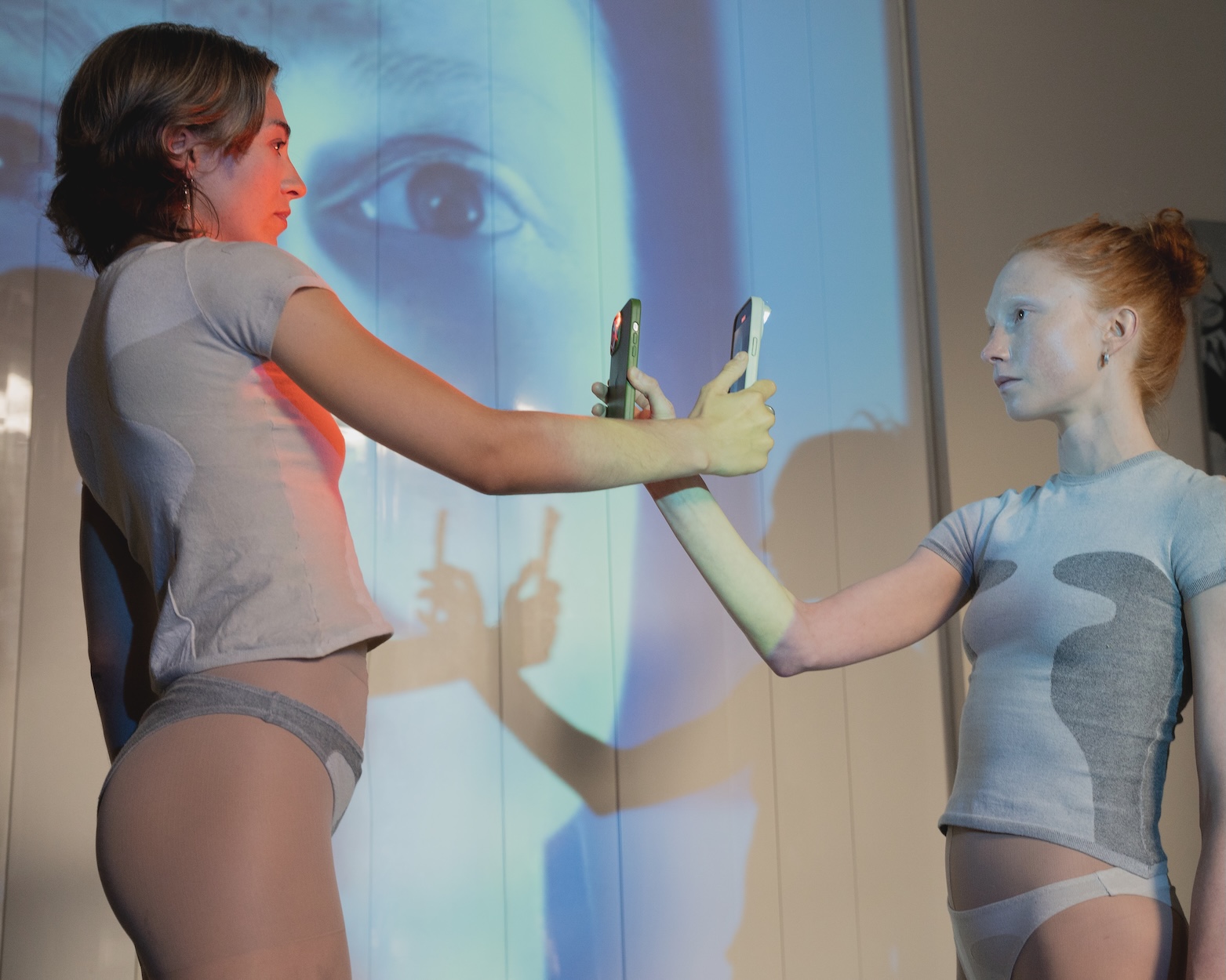
In their recent collaborative performance following the exhibition Not a Thread, a Promise at Shipton Gallery, painter Jessica Luostarinen and multidisciplinary artist Anna-Lena Krause delve into the charged space between bodies – where proximity, distance, and absence unfold as both emotional and physical states.
Luostarinen, known for her introspective, rich in symbolism, paintings that explore identity and emotional rituals, brings a sensitivity to surface, gesture, and the quiet construction of selfhood. Krause, whose practice spans sculpture, photography, and performance, approaches human connection through a behavioural and psychological lens, investigating how we relate, withdraw, and seek closeness in a hyper-mediated world.
Together, they move beyond the boundaries of their respective mediums to create a performance that weaves choreography, spoken word, video, and sculpture into a shared language of tension and restraint. What results is not a story of touch, but of its absence – of gestures that nearly connect, of spaces that resonate louder than contact.
Writer Marien Brandon spoke with the artists about how this collaboration came to life, what it revealed about their practices, and why sometimes the most powerful moments lie in what is not said, not shown, not touched.
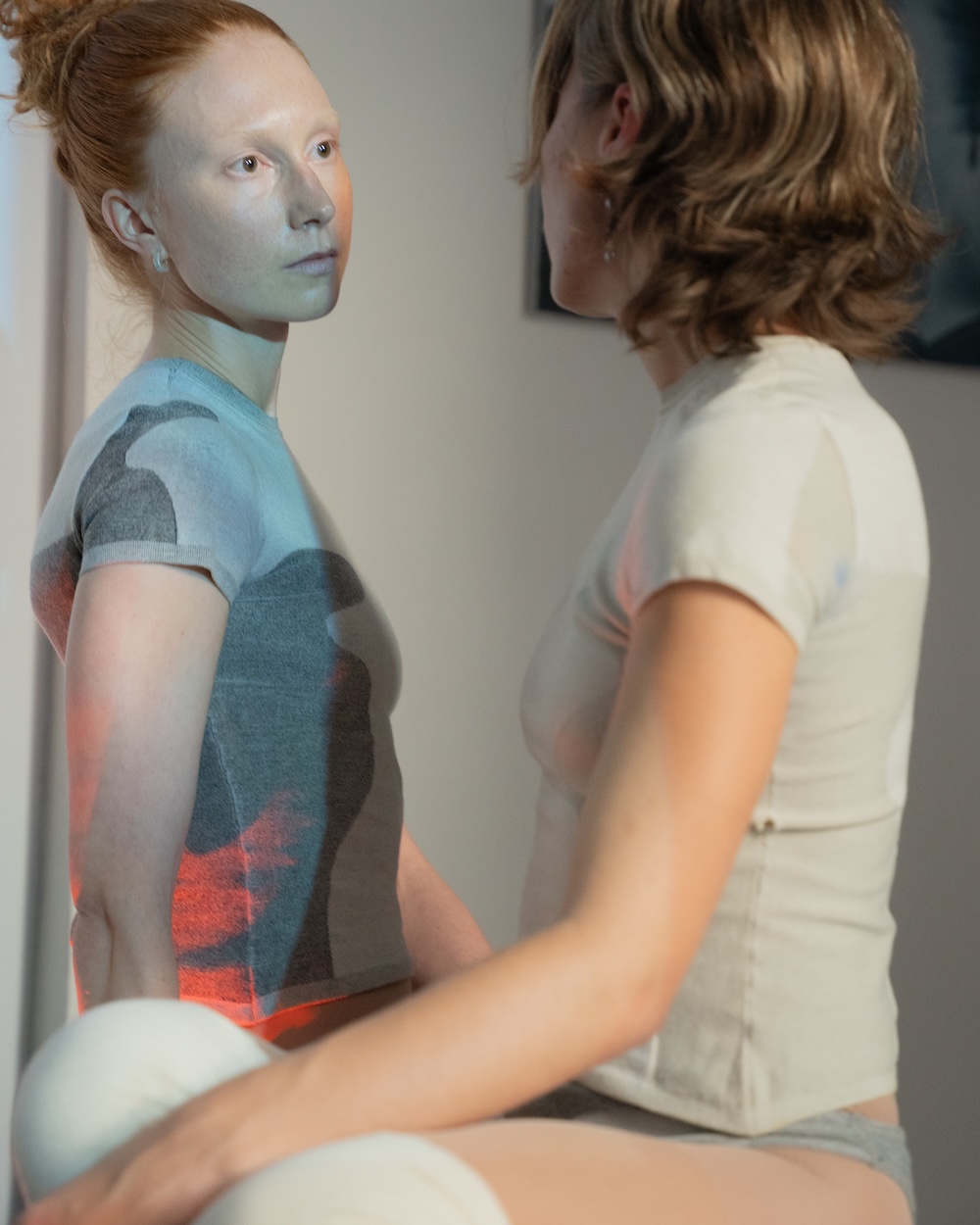
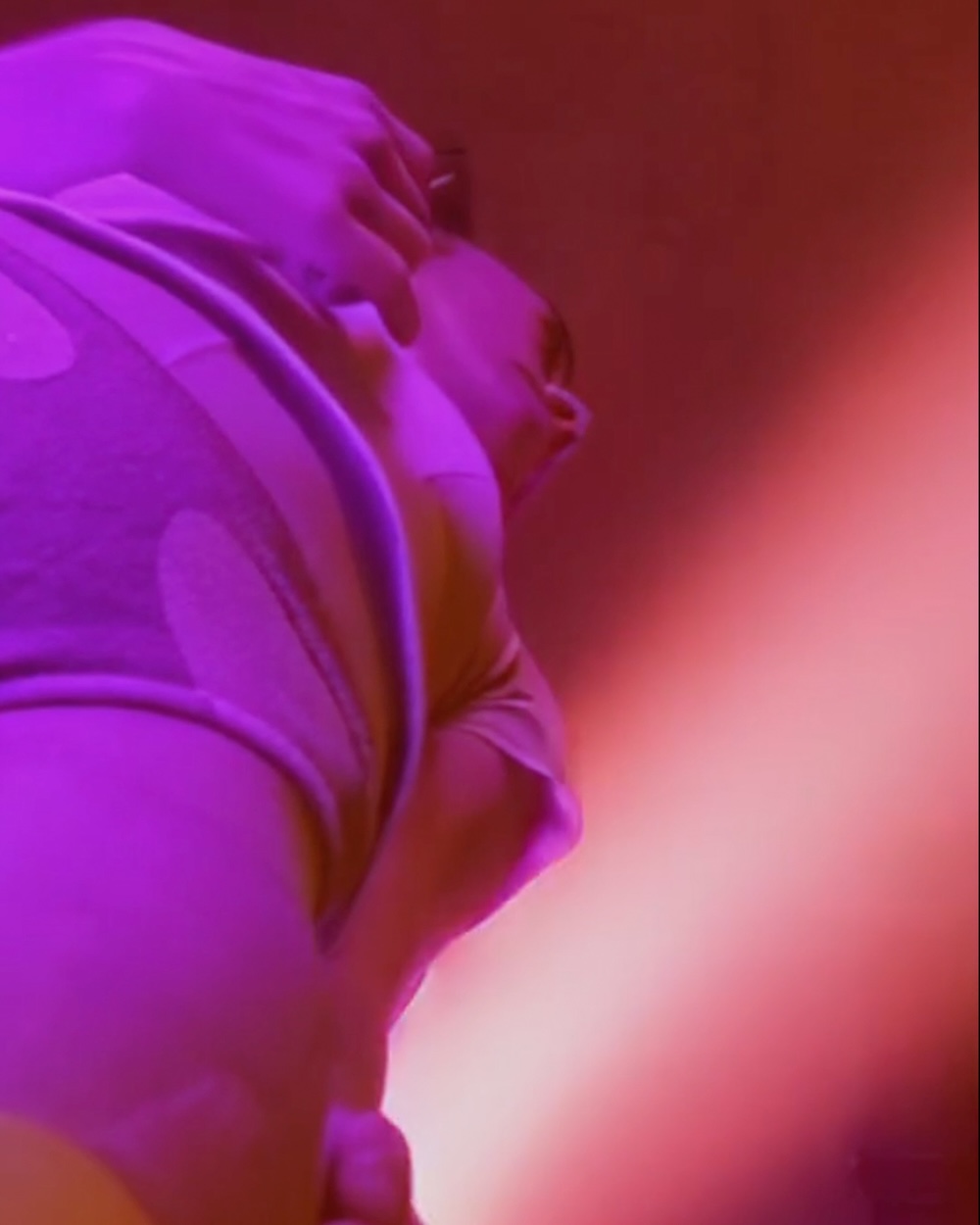
Jessica Luostarinen: The idea to do a performance came quite naturally. We were already thinking about tension, closeness, and transformation through our work, so it made sense to explore those ideas in a live, bodily way. I think performance allowed the themes to breathe and exist in a more active, fragile space. It added a strong emotional charge. As a painter, I’m used to freezing a moment. The performance let us live inside the in-between moments – the becoming, the almost, the hesitation. It also shifted how we related to the work; we became the work. That felt like a powerful step away from the safety of our usual materials and processes.
When I paint, so much happens internally. I pour a lot of personal stories and emotional connections into the canvas, and it’s often a very private space. Creating the performance with Anna-Lena was a completely different experience – it asked me to externalise my thoughts, be present in the moment, and feed off each other’s creative energy. I think it’s always fascinating when artists come together. It pushes you out of your comfort zone and opens space for new ways of thinking and making. Anna-Lena and I are close friends, so it felt really special to explore how our friendship and artistic practices could merge and bring these shared themes to life through performance.
Anna-Lena Krause: The sculptures and the performance are two parts of the same inquiry. With the exhibition, I was thinking through form – how bodies hold tension, how we construct shapes to contain or protect ourselves. But performance allowed me to test those ideas in time and space, not just in material. It made sense to expand from static forms to choreographed movement, where proximity isn’t frozen but constantly shifts.
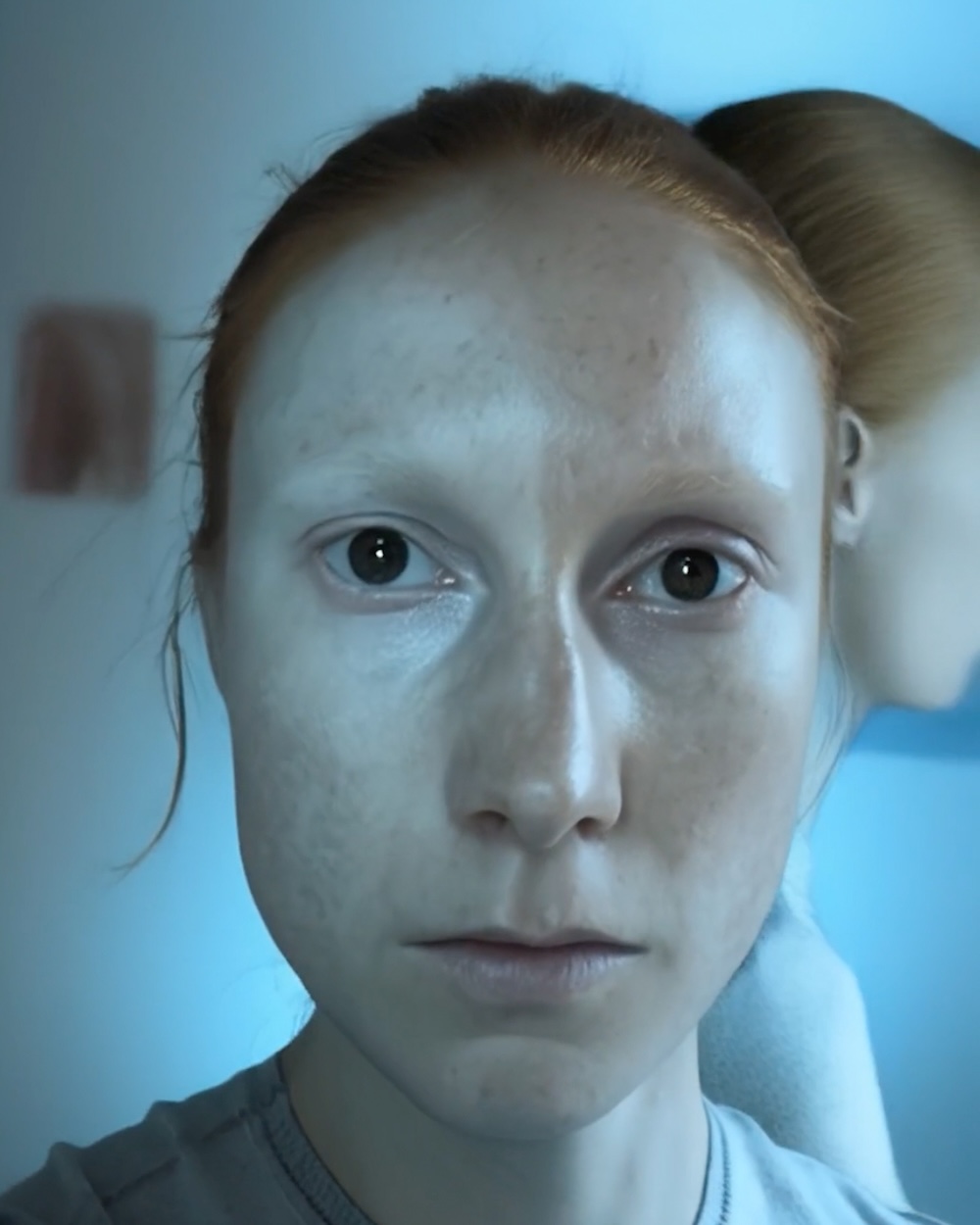
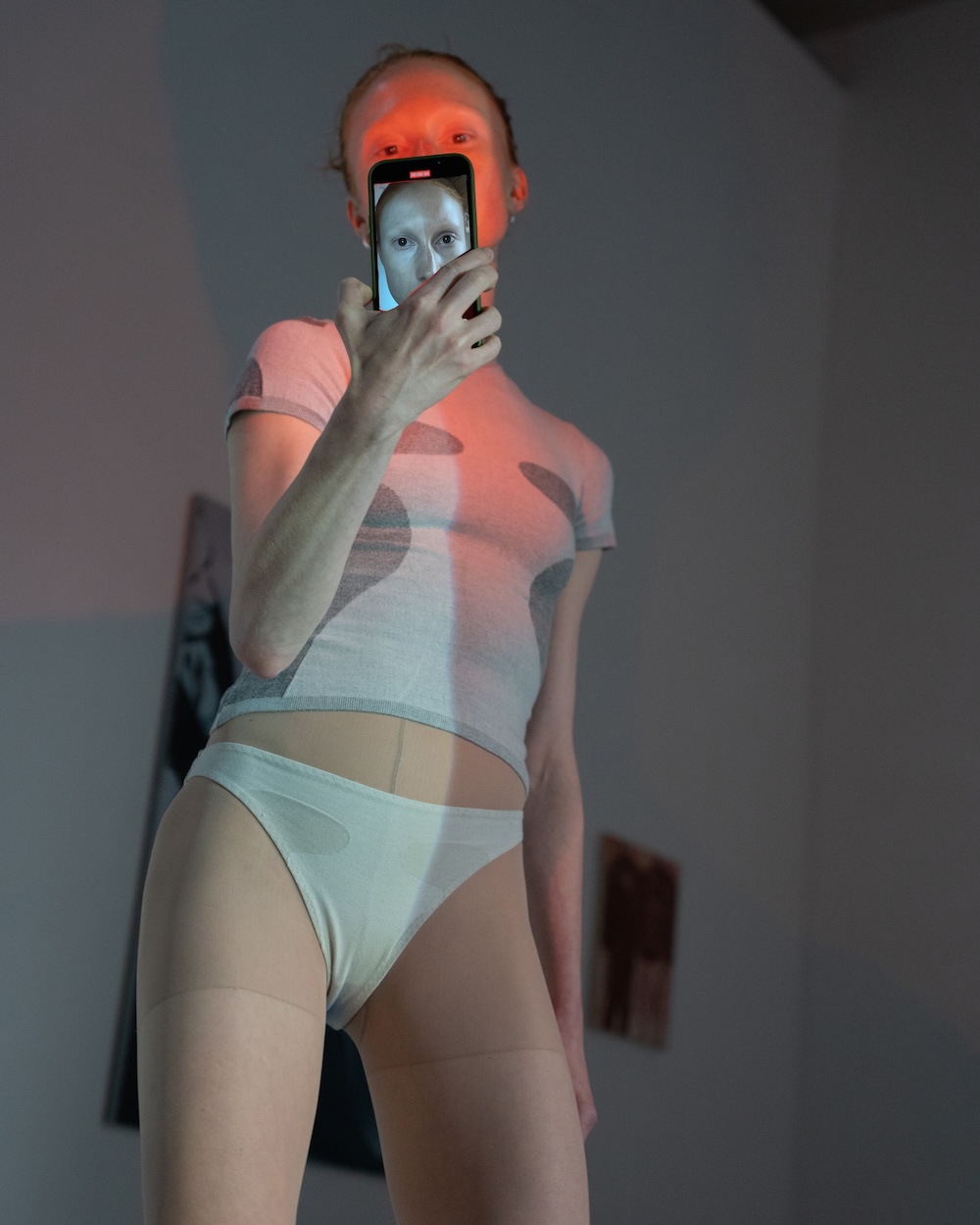
Anna-Lena Krause: Jessica’s practice is grounded in painting, mine in sculpture and performance – but we’re both drawn to how bodies interact with surface and space. What we share is a fascination with the body and its boundaries – what it reveals, what it withholds. That became our meeting point. I’ve been working with performance for quite a while, whereas for Jessica this was her first time. But that difference opened up an interesting dialogue – an inquiry shaped by curiosity rather than habit. Our collaboration didn’t begin with a concept but with positioning: what happens when two figures share space but don’t touch? It became a kind of spatial listening.
Jessica Luostarinen: We approached the show from different angles – me from flat surfaces and internal symbolism, Anna-Lena from physical material and structure. But our work overlaps emotionally. My armour paintings explore themes of protection, identity, and vulnerability – how we build emotional or psychological shields to move through the world. In a way, they ask: what do we put on to feel safe? What do we reveal, and what do we hide?
Anna-Lena’s sculptures felt like a natural counterpart to that. They have this powerful, quiet presence – almost like they’re holding something invisible but heavy. There’s a tension between softness and solidity in her forms that really resonated with the emotional weight I was painting. It felt like our works were in conversation from the start – even before the performance – both circling around ideas of containment and exposure, but through very different materials and processes. The performance allowed those languages to touch. We both had to let go of our individual processes a bit and create something that sat in between. There was real intimacy in learning to meet each other creatively in a new format. It became its own kind of artwork.
Oscar B Morgan on Music : “Anna-Lena’s multidisciplinary practice lends itself so readily to sonic interpretation. It’s rich with the kind of cultural and textural anchors that make the collaborative process dynamic and exciting. Our shared concerns regarding tension, space, and form — and in turn, how these themes interact with one another — meant there was a lot of crossover when it came to shaping something together.” @oscarbmorgan__
Jessica Luostarinen: Definitely. It felt freeing to break out of our usual frameworks. For me, it was like shifting from painting a scene to being in the scene. The combination of sound, movement, and video projection helped hold the more abstract feelings we were exploring – connection, discomfort, near-touch. The performance made the concepts more visceral. It wasn’t about showing an idea, it was about embodying it. We wanted the audience to experience those tensions through their senses, not just think about them.
Anna-Lena Krause: The performance needed all three – movement, voice, and video (and for me, sculpture) – because none alone could fully articulate what we were trying to feel. It wasn’t about showing bodies in motion, but about what resists motion: hesitation, withdrawal, anticipation. I had been reflecting on the idea of form – what holds, what slips – for months before we began. That process shaped the structure of the piece and led me to invite Jessica in. Her work brought in another register, another way of thinking through bodies and perception.
I wrote the spoken word piece early on – it became a kind of anchor. One core idea was to focus on negative space: the intangible gap between bodies. We’re quick to name objects – a tree, a chair, a person. But what fascinates me is the invisible space between them – the part we lack language for, yet constantly live through.
The video, partially created through AI, added yet another layer – showing what had already happened, or what might have happened. Misalignment became a way to reflect how perception is always partial. There’s a difference between being in a moment, seeing it, and retelling it. The video acted less like a tool and more like a presence – a third entity rethinking the material. That randomness echoed the unreliable structure of memory and encounter. We think something happened one way, but we tell it differently later. We see what we expect. We remember what we need. Working across mediums was about drawing attention to the instability of perception. By using different languages – movement, image, voice – for the same situation, I wanted to expose the space between them – how form isn’t fixed, but constantly reshaping itself under the pressure of relation.
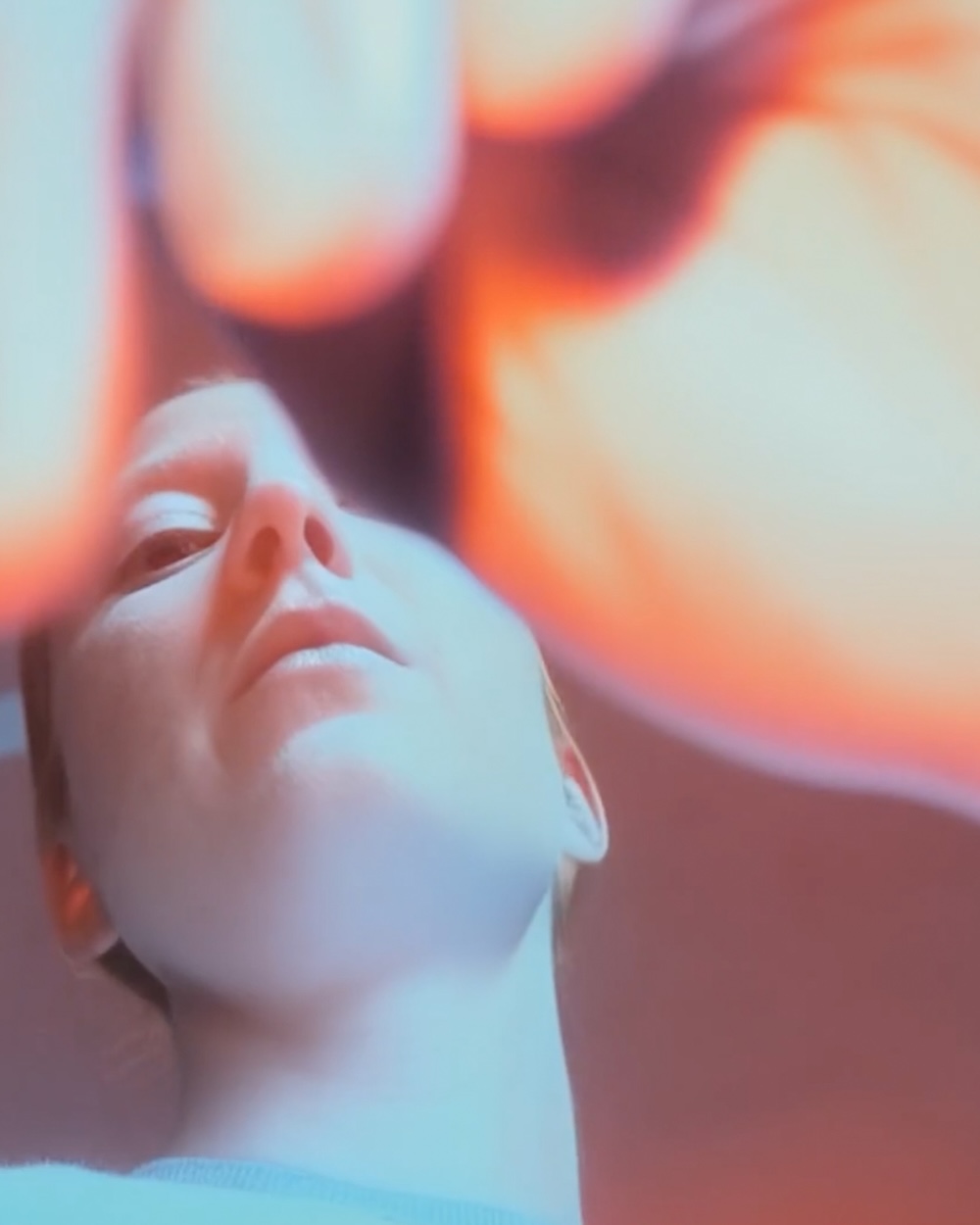
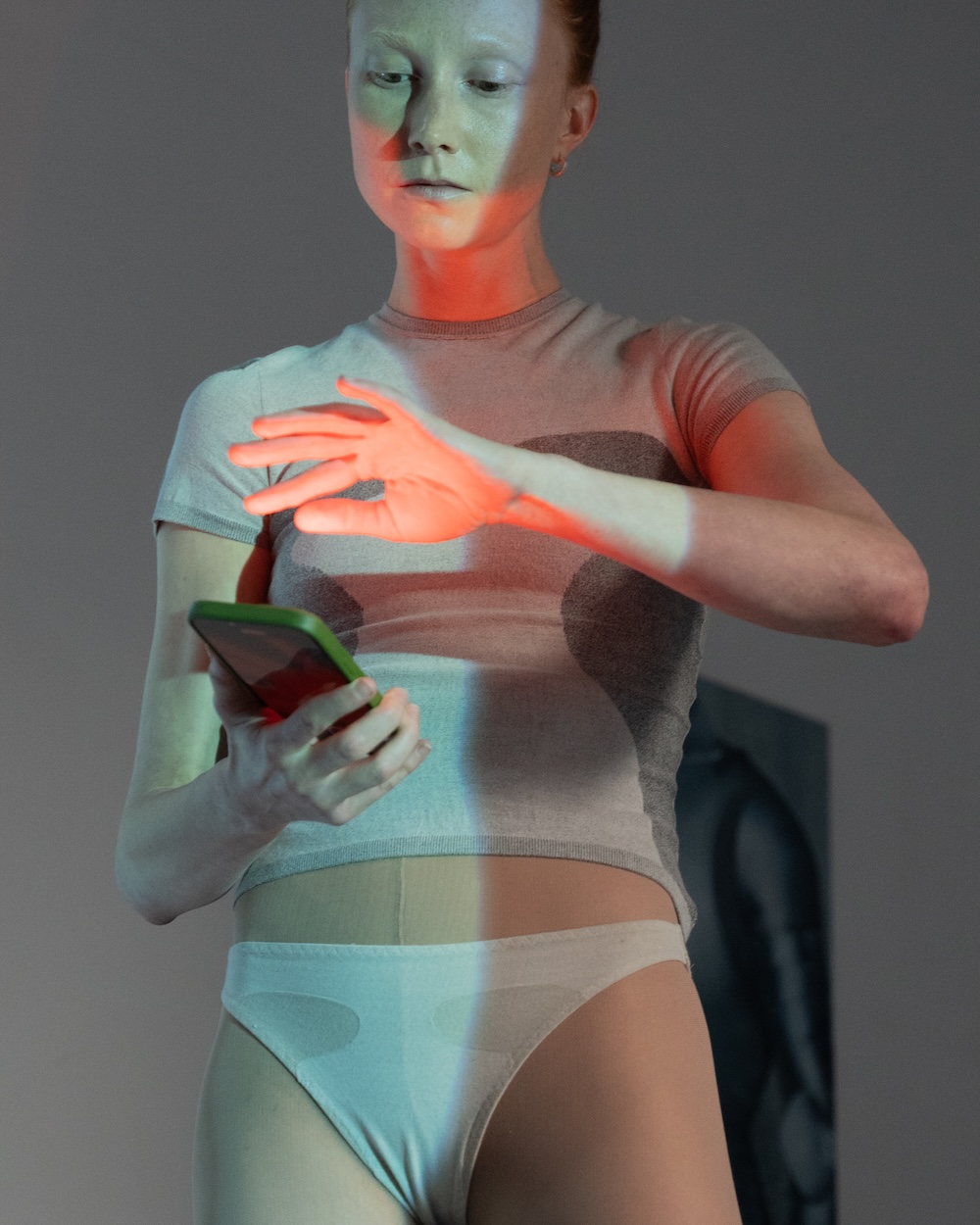
Anna-Lena Krause: This question has followed me for years: What remains when presence begins to fade? I think it began while caring for my father, who lived with Alzheimer’s. I became attuned to how presence and absence coexist. You’re there. And not. I was holding him, but also holding a memory. And eventually, just the absence of it. That experience made me sensitive to bodies in space – not just how they move, but how they fail to connect. How gestures misalign. How nearness doesn’t guarantee intimacy. It’s not about answers. It’s about staying with the question.
Jessica Luostarinen: In my paintings, I explore these ideas through symbolism like armour – ways we protect or present ourselves to others. Maybe the interest comes from growing up sensitive to what wasn’t said, or how people show up emotionally in shared space. It’s something I’ve carried into my work.
Rosie Broadhead on Outfits : “The beige and grey t-shirt and underwear worn during the performance are familiar, everyday garments, designed to sit close to the body. Produced on a flatbed knitting machine, they are constructed from two different yarns that create tonal, ergonomic patterns on the fabric. The algae-based yarn, known for its therapeutic benefits to the skin, functions as a membrane, forming a protective layer between the body and the world.” @rosiebroadhead_
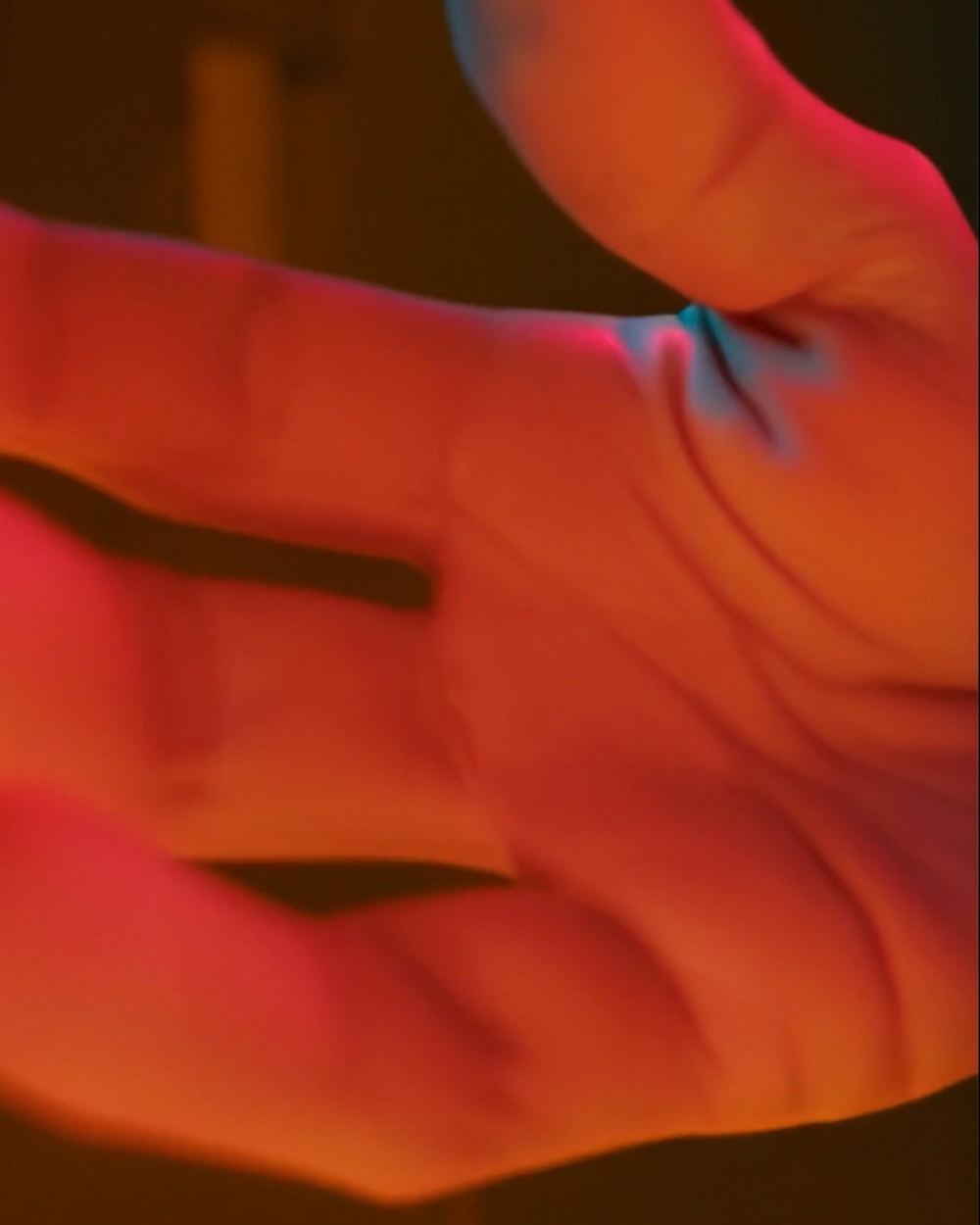
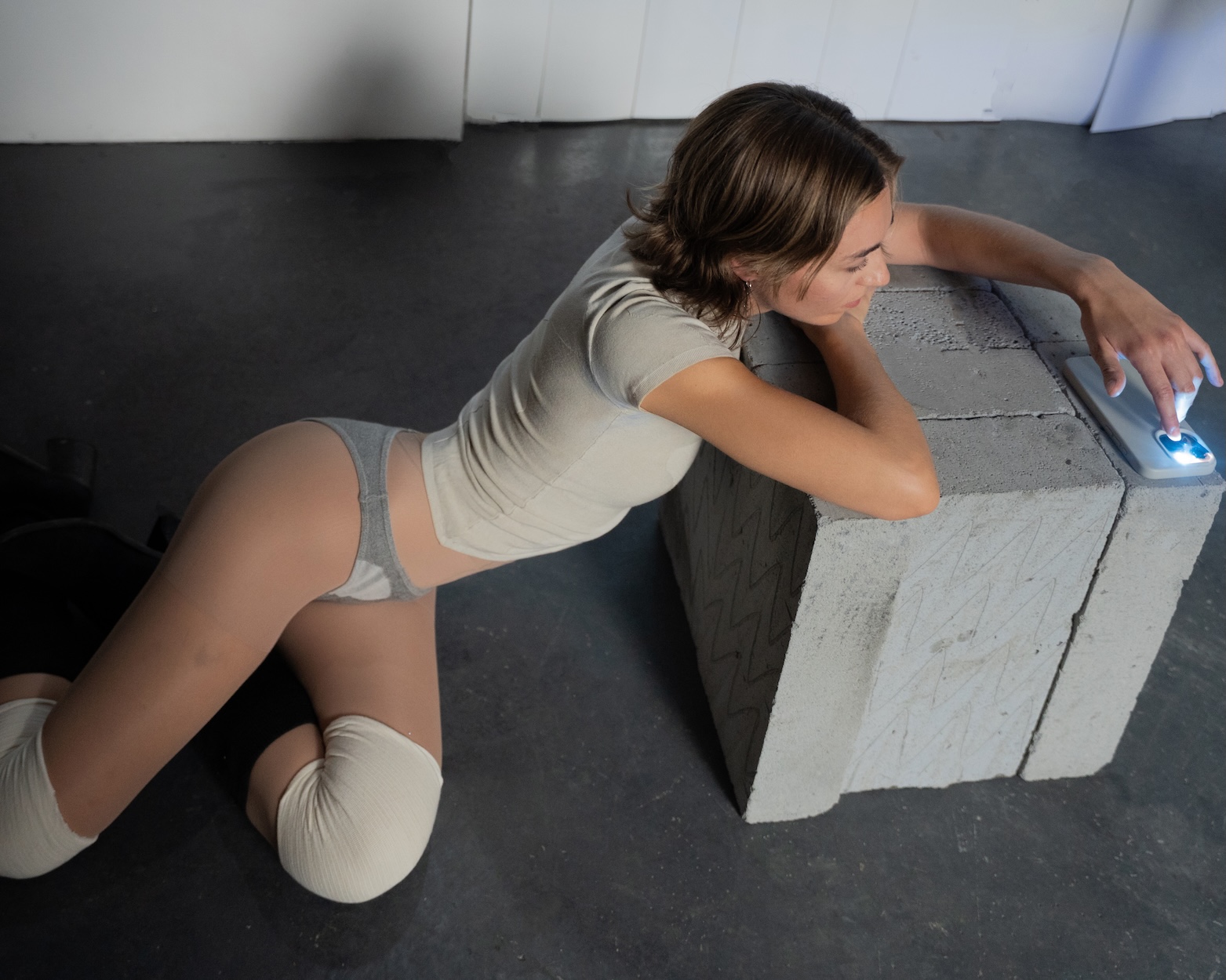
Jessica Luostarine:
We worked a lot with minimal gestures and repetition – things that created tension through slowness or what was left out. The challenge was to stay subtle and resist doing too much. We didn’t want it to feel like a performance in a theatrical sense – it was more about holding a shared atmosphere.
Using phones and projection added another layer, raising questions about what it means to be present in a digital world. Are we really here, physically and emotionally? Or are we constructing a kind of artificial presence through screens? It felt like the performance wasn’t just exploring proximity between bodies, but also how technology reshapes our sense of connection and immediacy. It blurred the line between being seen and being mediated. There’s something really powerful about standing close to someone and not touching. The absence becomes almost louder than contact.
Anna-Lena Krause:
Proximity, absence, distance – these are often treated as psychological states, but they’re deeply physical too. The body always registers them first. Through rehearsal, we found that a slight shift in breath or angle could say more than any dialogue. The challenge was in restraint. We had to resist the urge to explain, to dramatise. The work is quiet, deliberate. Sometimes it felt like too little was happening – but that was the point. We wanted to leave space – for the viewer, for the unsaid, for the discomfort that comes with waiting.
There’s also an element of chance that runs through both the performance and the AI-generated video that accompanied it. Human encounters are unpredictable. The story we tell – of closeness, of care – could always unfold differently. So I created an AI video that embraced that randomness. It rearranges the visual narrative each time, echoing the idea that our connections are never fixed – they’re contingent, contextual, always on the verge of becoming something else.
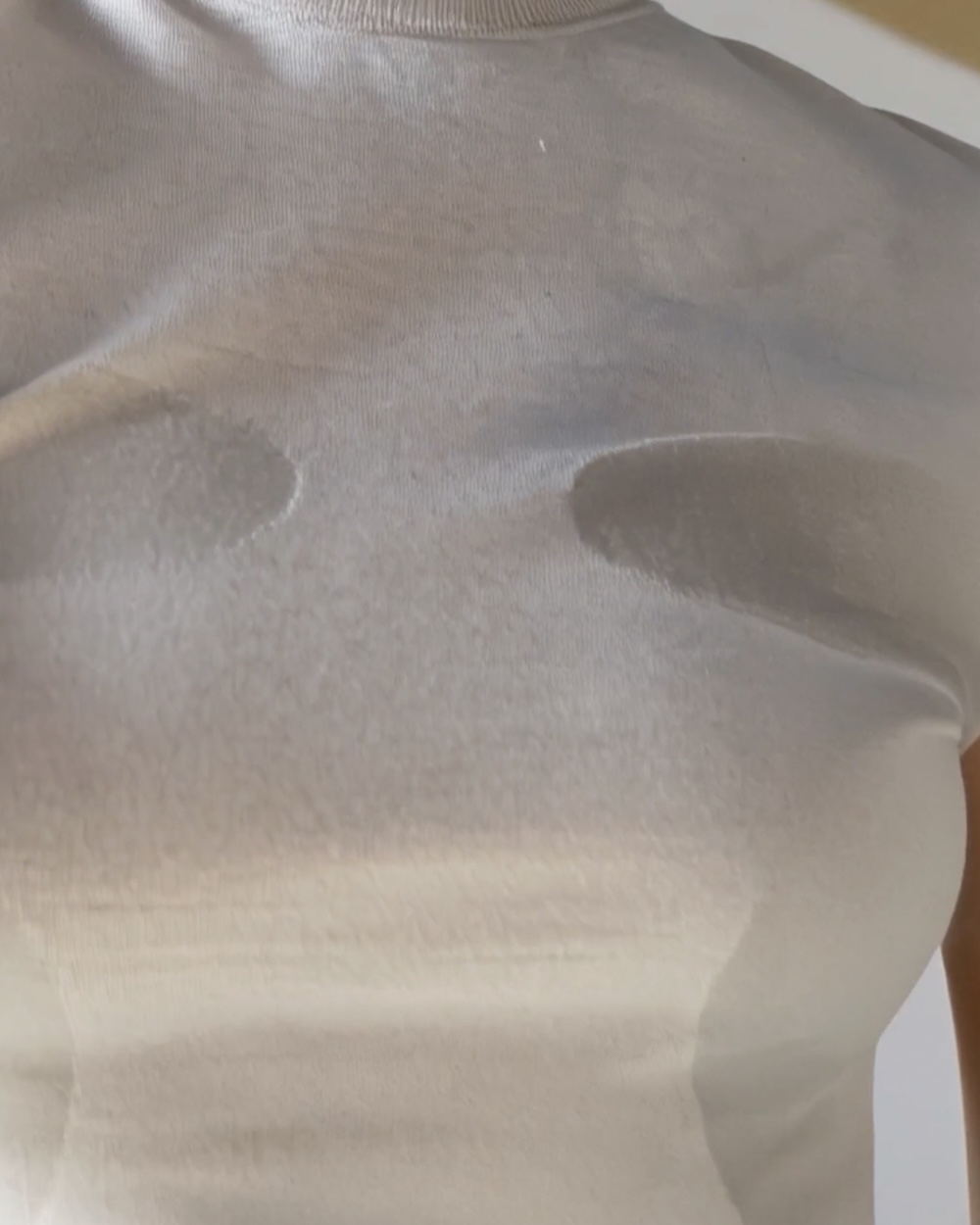
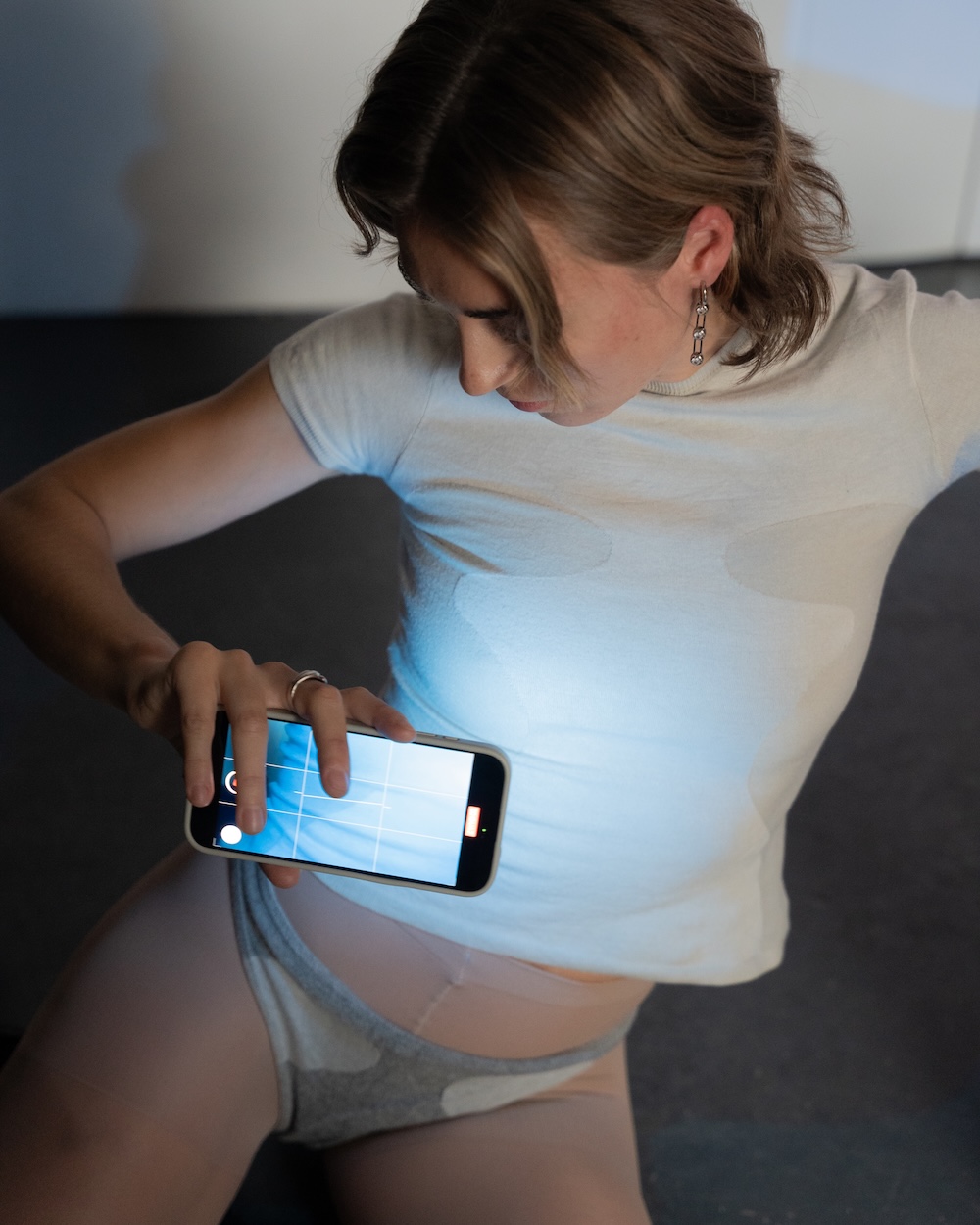
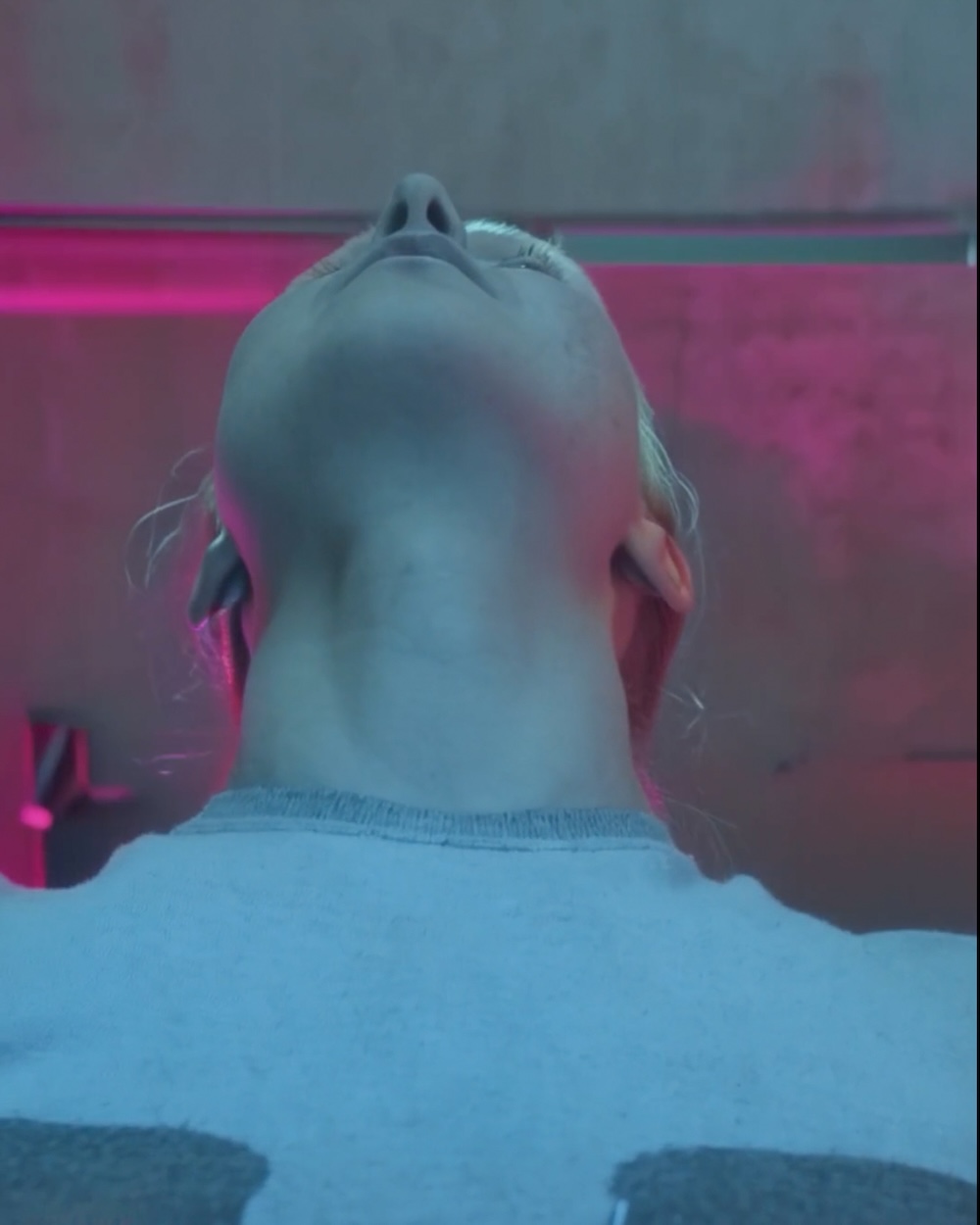
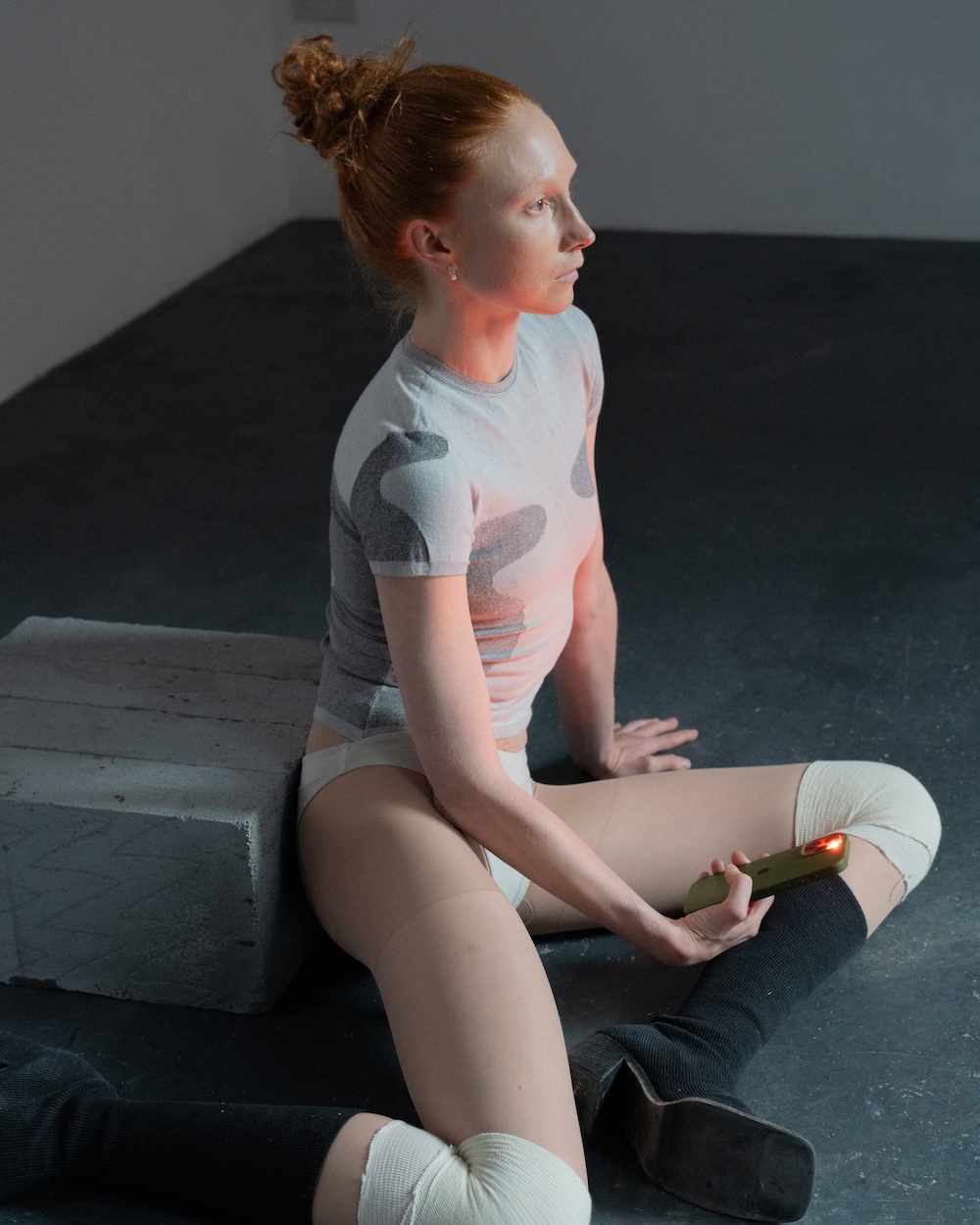
In a world that’s constantly reaching out, perhaps it’s time we sit with the almost-touch. What lingers in the space between? We’ll leave that in your hands.
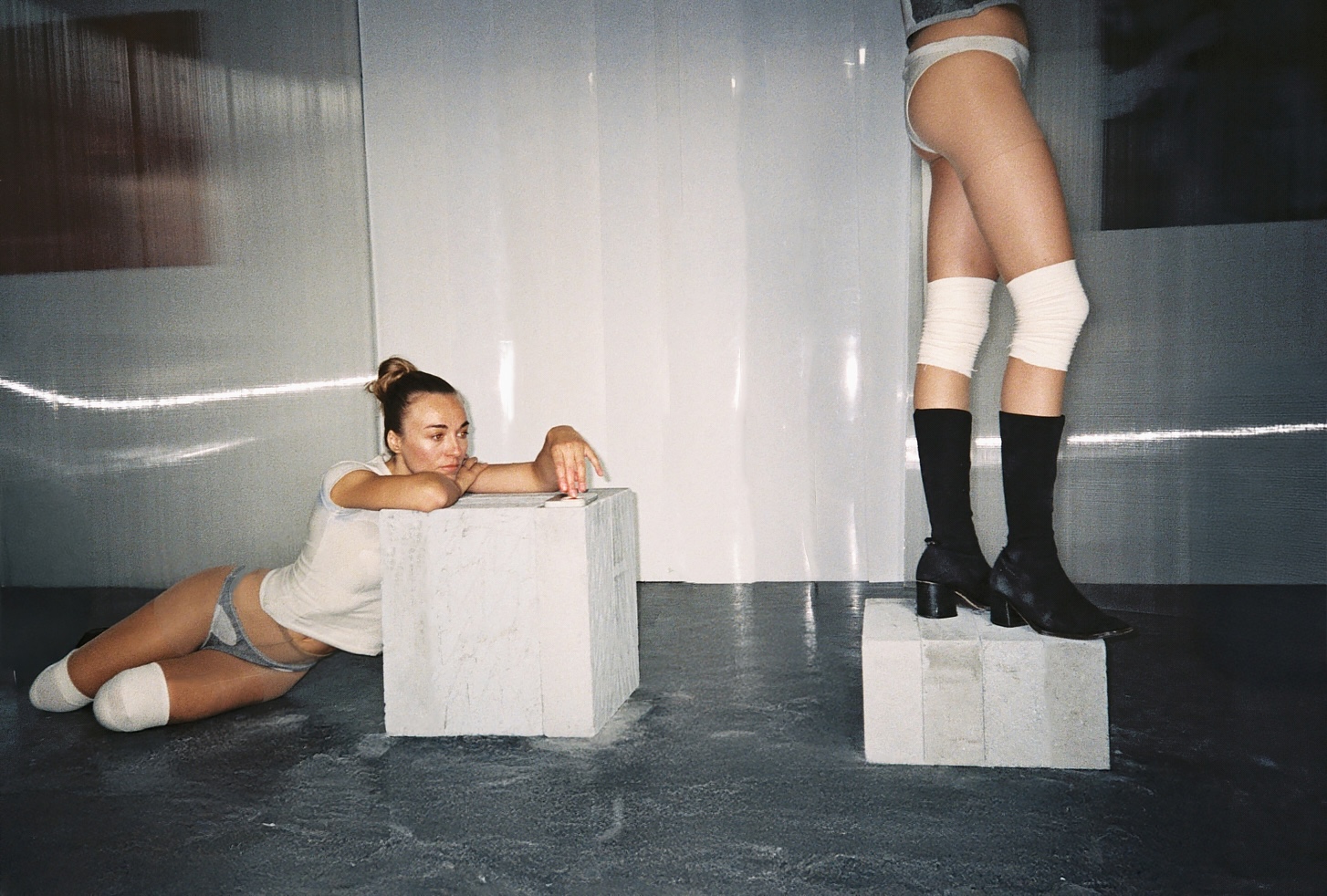
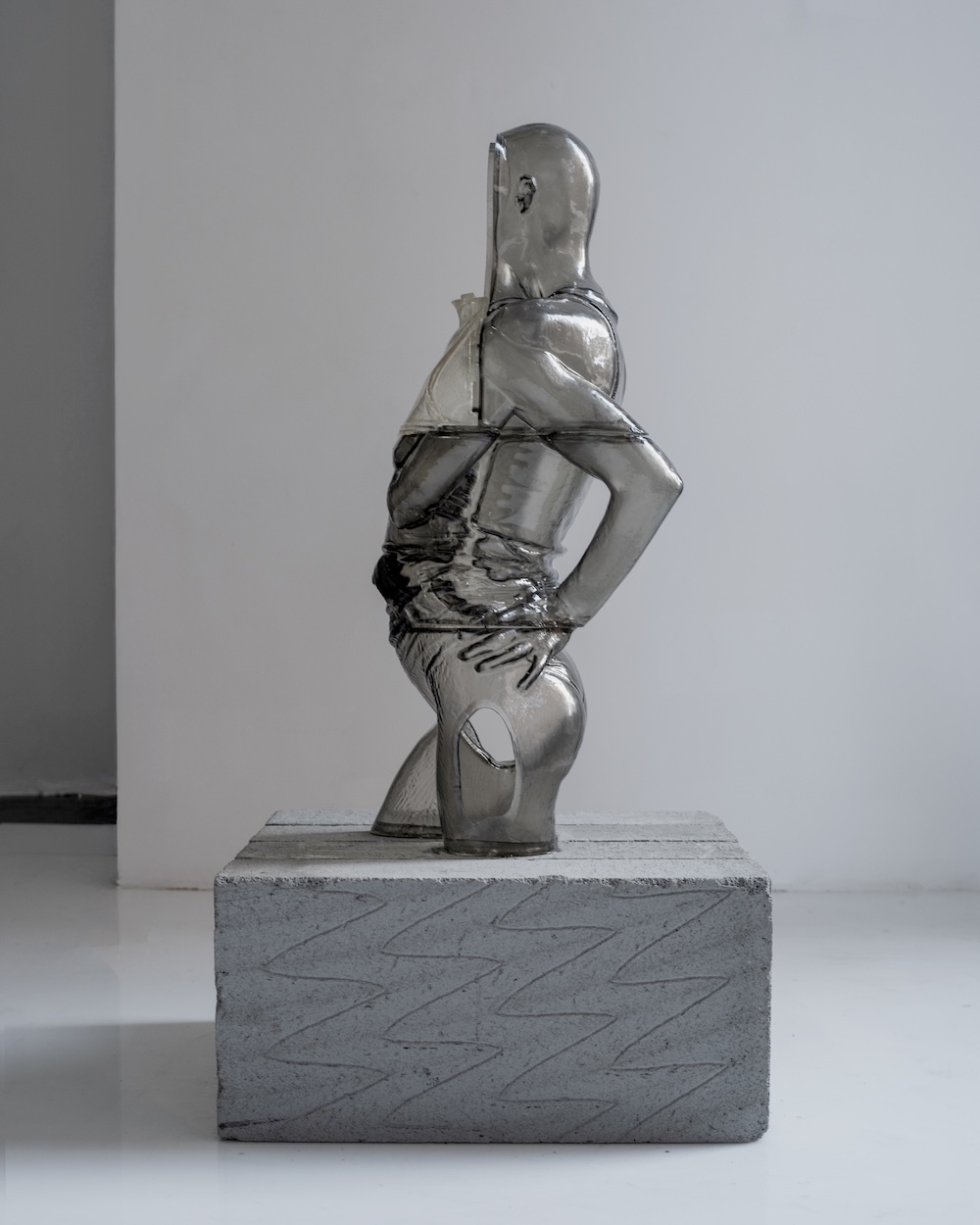
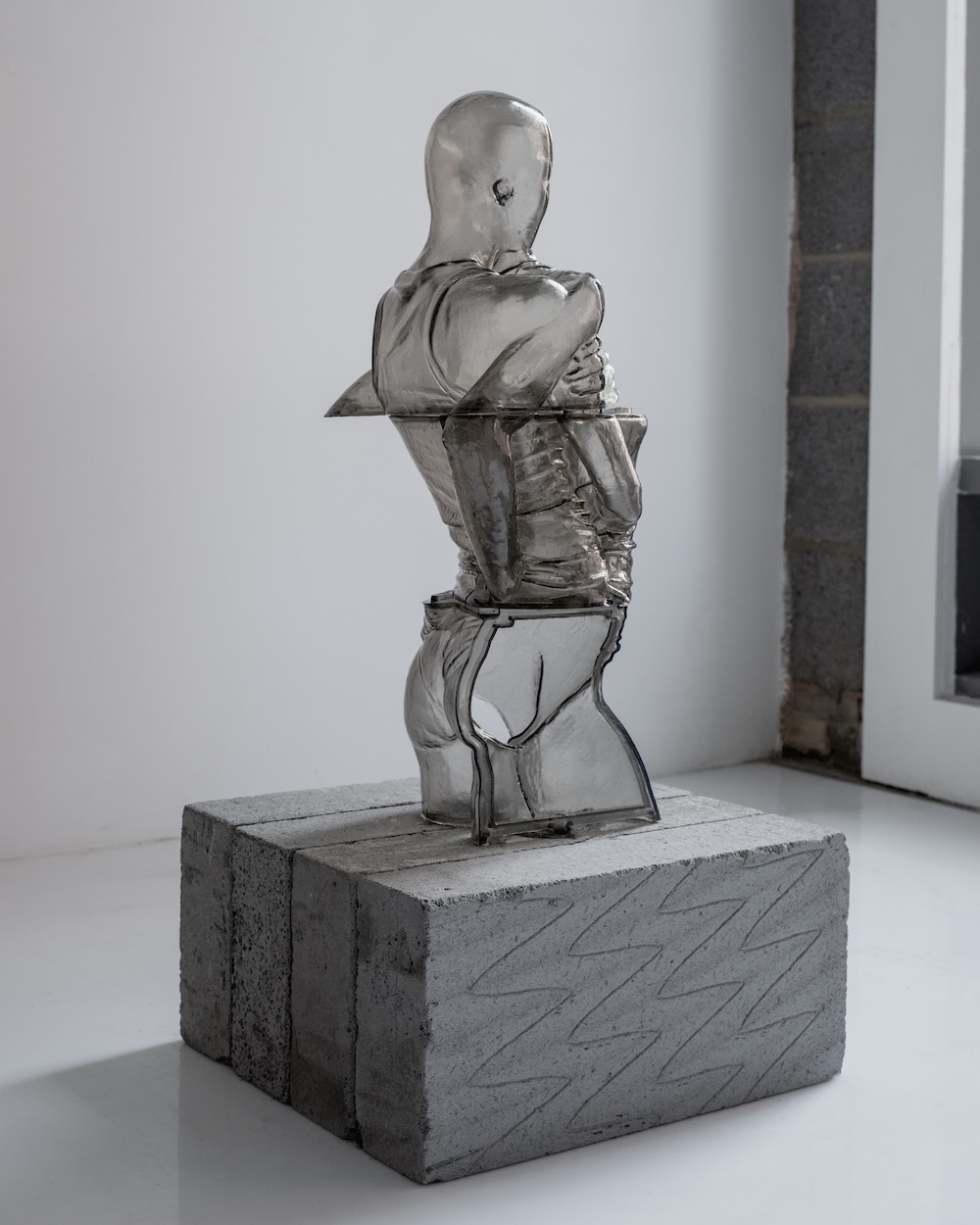
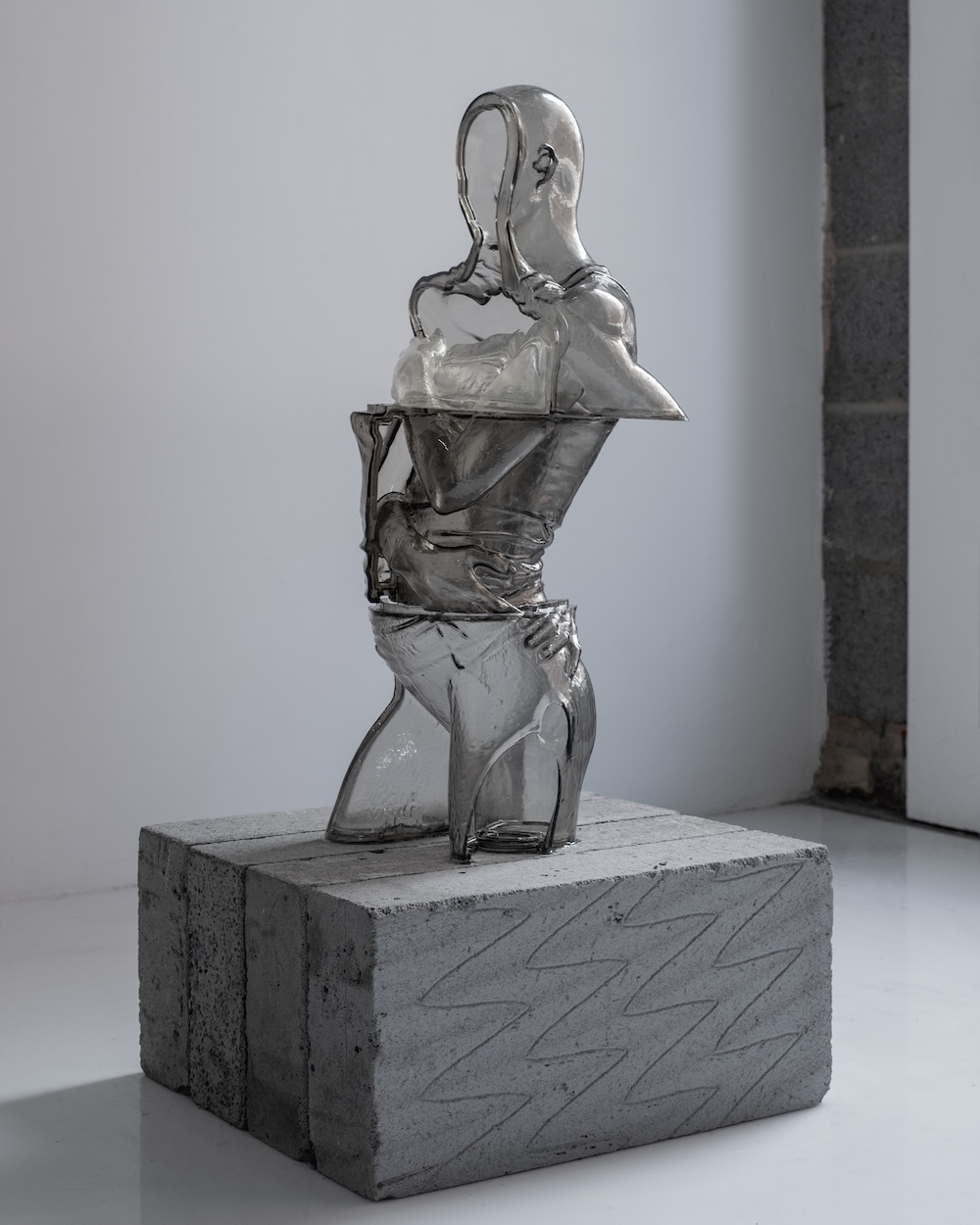
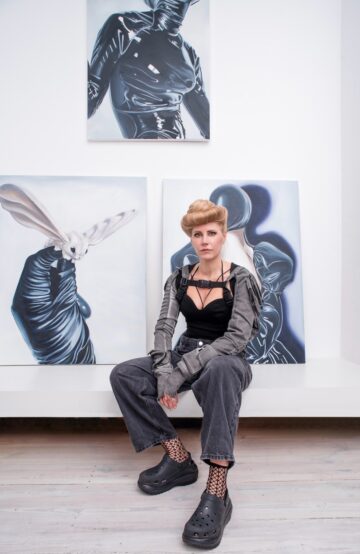
Interview with Charlie Stein, on painting as a radically contemporary medium at Kunsthalle II, Mallorca
Berlin-based artist Charlie Stein explores the shifting boundaries where intimacy meets…
FIGHT ISSUE VOL. B – MURDER ON THE DANCE FLOOR
FIGHT ISSUE VOL. B – MURDER ON THE DANCE FLOOR
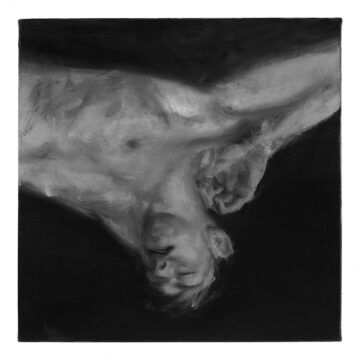
A NON-EXHAUSTIVE APPRECIATION OF THE I’S THAT HAVE SHAPED MINE
“I WANT TO ACKNOWLEDGE SOME OF THE WRITERS …
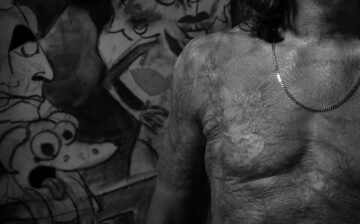
In Conversation with Martin Mai
Numéro Berlin sat down with photographer and film maker Martin Mai to talk about his path…
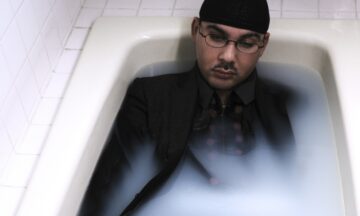
WEEKEND MUSIC PT. 66: IN CONVERSATION WITH MECHATOK
A day after he played at the Live From Earth Festival in Berlin, we met German producer…
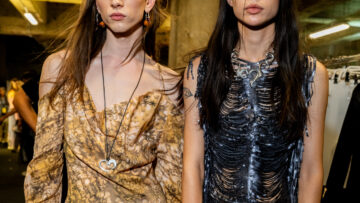
DESIGUAL STUDIO UNVEILS A NEW ERA OF PREMIUM DESIGN
Desigual Studio transforms the brand’s DNA with premium materials, craftsmanship, and…